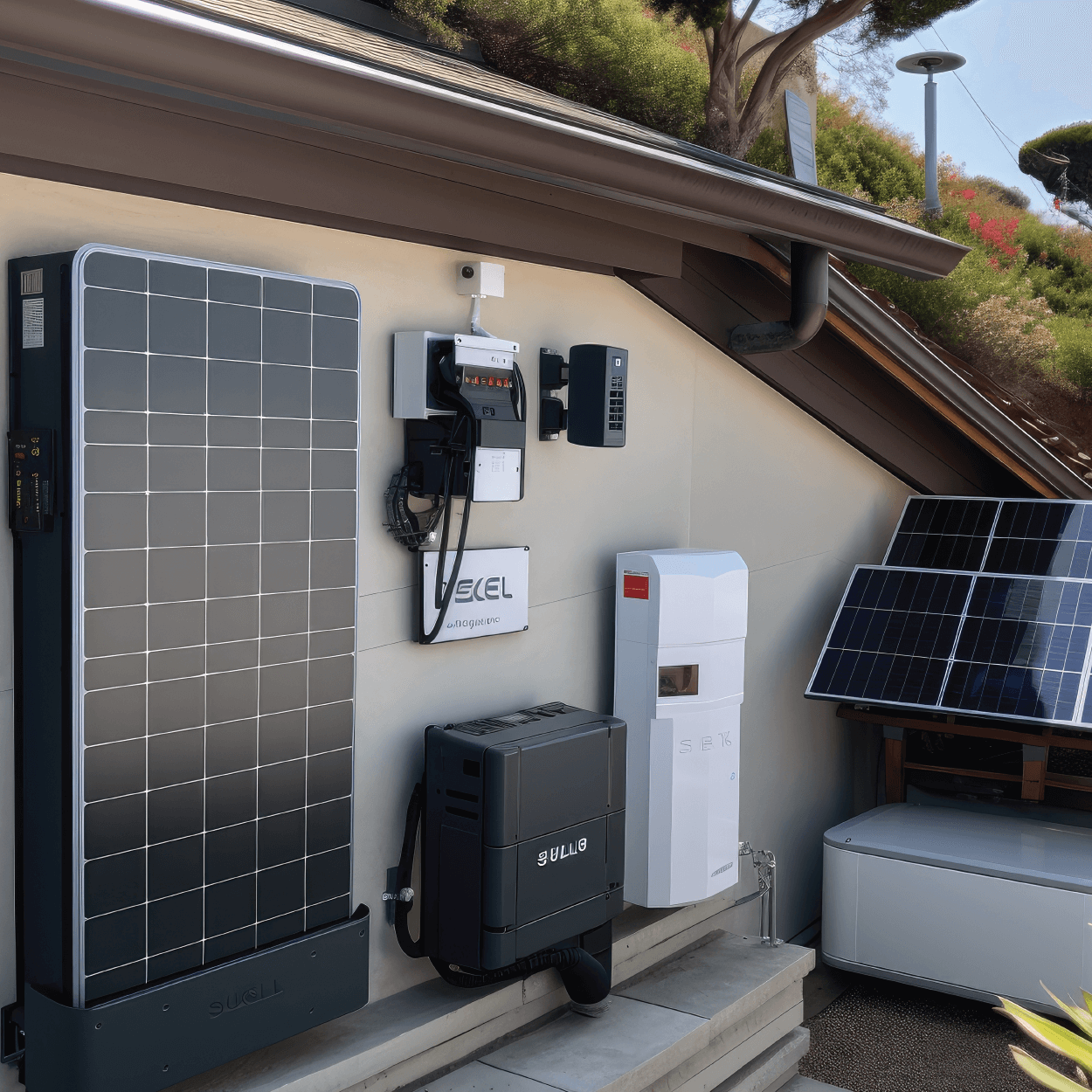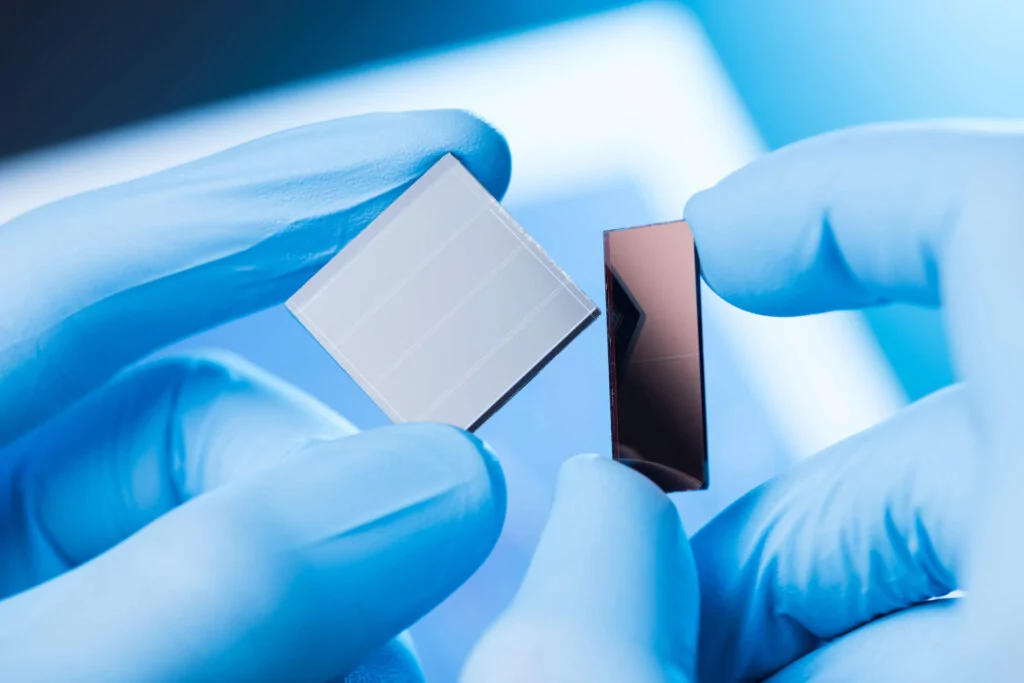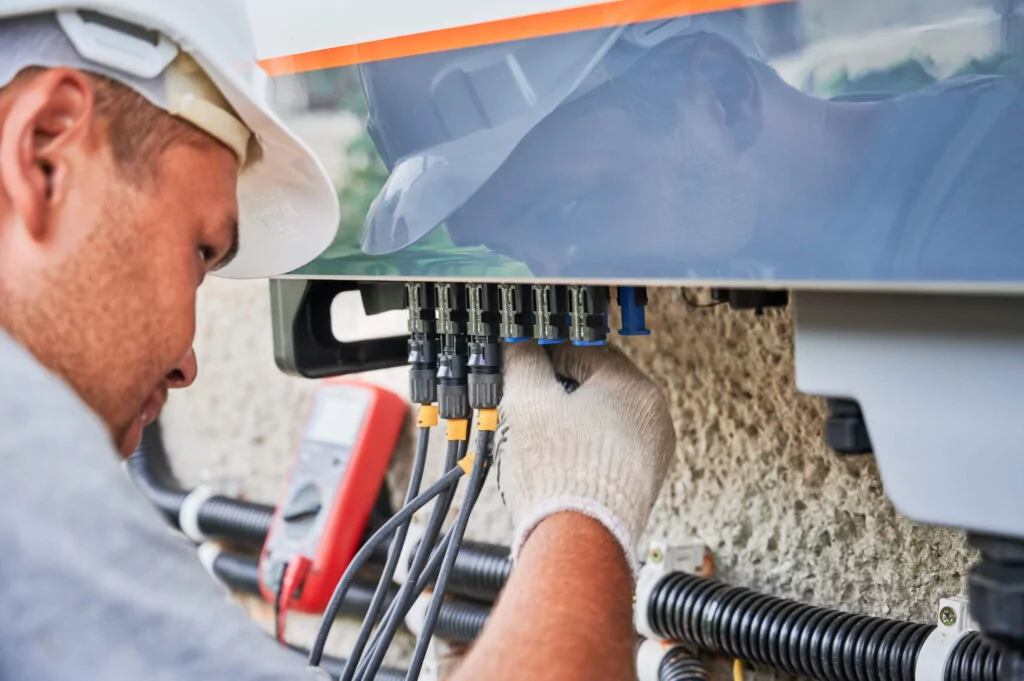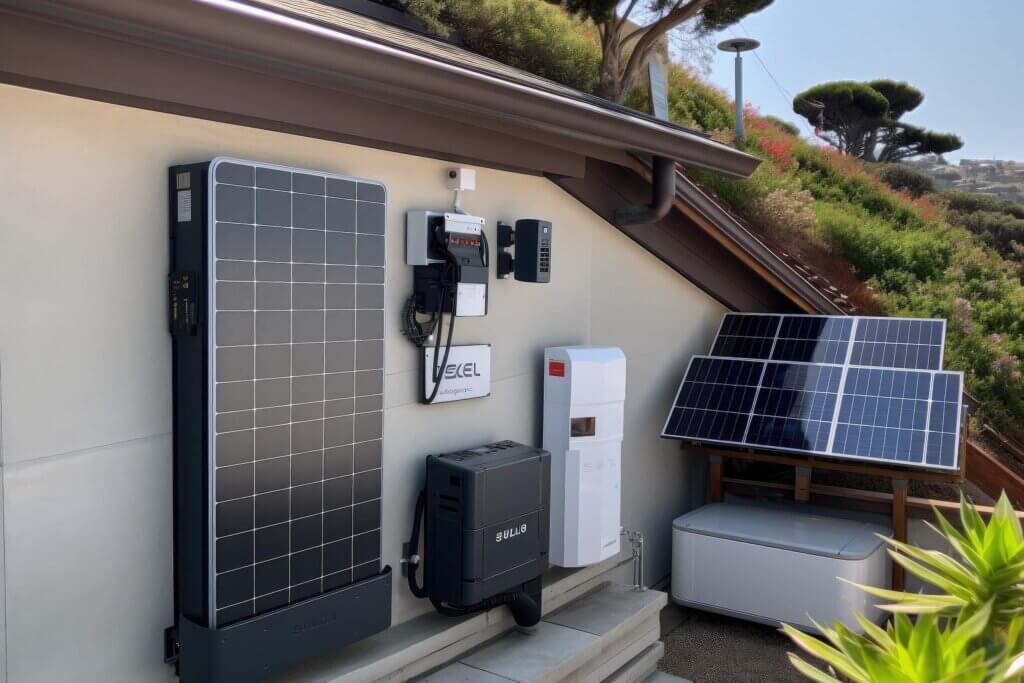
Investing in solar panels helps the environment and allows homeowners to reduce their carbon emissions and leads to long-term savings on energy bills. Because there are so many solar panels available on the market and installation companies, it can be difficult to choose the right one.
There are several brands, types, and efficiency rates of each solar component as equipment becomes more accessible and affordable. Some options are better suited for residential solar installations, which installers will prioritize with the most saving potential, depending on market and availability.
For you to make an informed decision, read through this comprehensive guide to navigate the intricacies of electing the best solar panels for you and your home.
Criteria and Factors to Consider
The first step to understanding the best equipment is to know what to look for. Every home will have different needs and every homeowner has different energy goals.
The best solar panels are the ones that will generate the most energy and cover your current electricity costs. The main features to be aware of are production efficiency, durability, and manufacturer quality. All these factors should be considered by your solar installation company, and they should identify a specific brand and type best for your home. Applying this criterion to each part of the rooftop system can help homeowners in the decision-making process.

Solar Panel Types
There are three main types of solar panel types, and it is important to understand the differences between each one.
- Monocrystalline – These solar panels are made with silicon, which is cut and shaped for each cell. They are highly efficient (20% or more) and best suited for small spaces like roofs.
- Polycrystalline – Another option for photovoltaics but with their lower price per panel comes a lower efficiency rate (14-16%). These panels are much larger in size and are often used in commercial spaces.
- Thin-Film – These solar panels are innovative and much newer in terms of technology, with developments still in progress. Efficiency of thin-film panels is low (between 7-18%) but are easy and fast to produce so many researchers see a bright future for thin film panels.
The best option for your home will depend on the available roof space, budget, and aesthetic preference. Most homeowners prefer monocrystalline panels, as they are the most popular due to their high efficiency rates. While these panels are more expensive than polycrystalline panels, monocrystalline panels are the best option for residential solar installations.
Learn more about the different solar panel types.
Efficiency
Efficiency is measured as a percentage and represents the amount of sunlight a panel can convert. Solar panel efficiency is affected by several outside factors including but not limited to weather, temperature, direction, and more. Each of these impacts how much electricity is produced. The higher the efficiency, the more power generated in the same amount of space and time.
Efficiency rates can vary depending on the type of panel and the manufacturer. High-efficiency solar panels, like monocrystalline, have a 20%+ rate which is most important to note if the installation space is small.
When choosing the best solar panel for your home, try to balance efficiency and cost. Higher efficiency panels may produce more electricity; however, they are generally more expensive.

Inverters
Solar panels cannot operate without an inverter – it is an integral component of the system. Solar panels produce energy in a direct current (DC), but household appliances need an alternating current (AC) to operate. The inverter’s job is to convert DC to AC before the energy flows to the household appliance.
There are a few different types of inverters available. The three main types include:
- String Inverters – One inverter for multiple panels
- Microinverters – Each panel has its own inverter
- Hybrid Inverters – Connect with a storage system
Depending on your specific electricity and offset needs, an inverter will be recommended by your solar installation company.
Many solar providers choose to install microinverters as these units are attached to each panel, allowing for individual panel monitoring, maintenance, and flexibility in array design. Blue Raven Solar only uses the industry’s best panels and inverters.
Warranties
Reassurance through warranties provides peace of mind because they cover the performance and durability of your system. Generally, there are warranties offered for each solar system component, and solar installers typically have service and performance warranties in addition. Here are a couple of warranties to inquire about:
- Performance Warranty – This warranty protects homeowners from having to pay extra if their system is not performing as expected and sometimes covers the cost of additional panels.
- Workmanship Warranty – Any damage caused by installation may be covered by a workmanship warranty.
- Product or Manufacturer Warranty – Manufacturer warranties for solar panels often range from 10-25 years. Solar panels can last for more than 25 years, so longer warranties are better for solar owners.
A comprehensive warranty is a sign of a reputable manufacturer and ensures confidence in the installation and equipment being installed. Ensure your system is protected by finding a reputable solar installer who can help you navigate the terms and conditions with the manufacturer. With our 10-year workmanship warranty, 25-year manufacturer warranty, and 2-year production guarantee, our customers can feel secure in switching to solar.

Aesthetics
Energy generation is the primary goal, but the aesthetic impact on your home should also be taken into consideration. Solar panels are created in various styles and colors to match different home designs and preferences.
- Panel Color – Commonly, solar panels are either blue or black. Blue panels can be more efficient but stick out on a roof, whereas black solar panels blend seamlessly into the home’s overall look because they match most shingles or roofing materials.
- Panel Design – Frames and edges can be silver or black. Silver frames are typically against blue panels, but sometimes are paired with black. Black frames make for a smoother, sleeker look.
- Roof Integration – Panels are placed on racking and are most efficient and safe between 3.75” and 5.25”. A seamless roof integration allows the panels to act as an extension of your roof.
- Tilt and Orientation – The most efficient angle for panels is between 30 and 45°, facing south (if you live in the northern hemisphere).
Discuss your solar panel aesthetic preferences with your installer, as they can help you in selecting the best panels for your home and desired appearance, based on availability, while maintaining high energy production.
Cost – A BIG Factor
While efficiency, durability, and manufacturer guarantees are all extremely important, homeowners may want to compare all of these against the cost of the overall system.
Common factors impacting the cost of solar include your geo-graphic location, current utility consumption, size of home, size of the custom system installed including capacity and offset goals, type of solar panels selected, financing option selected, and trade policy. For more details on how solar costs can vary, check out Cost of Solar.
The cost of going solar is a big variable, but with Blue Raven Solar in-house financing options like BluePower Plus+ it can be more affordable. Homeowners who partner with solar providers can work together and discover the best system size based on their energy needs and budget, as well as navigate how to apply for available tax incentives, net metering policies, and rebates.
How to Select a Solar Panel Installer?
Selecting the ideal solar installer entails multiple decisions. By evaluating these factors and consulting with a reputable solar installer, like Blue Raven Solar, you can find the best solar panels available in your area and start experiencing energy independence.
Blue Raven Solar prides itself on being one of the top solar providers in the nation. With financing options to fit every homeowner’s needs, we make going solar not only accessible, but affordable.
Find out how much you can save!



Sorry, the comment form is closed at this time.